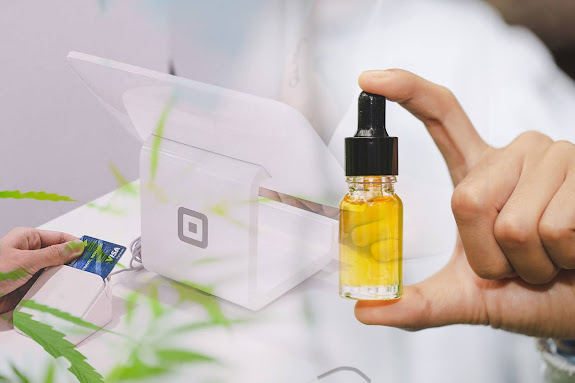Steps To Get A License From Private Pilot Schools
Being a flight operator has its own perks. One can experience the sky's marvel within a well-build craft for longer times. They can also choose this as a career path through specialized curriculum and training programs. But, the most advantageous of all is the private pilot license. Individuals with this feature can fly virtually anywhere and relish various offer perks. It also involves only lesser training hours, as opposed to other types. So, here’s how to get a private pilot license.
Steps involved
1. Eligibility requirements
Although the eligibility requirements are less extensive than commercial programs, most private pilot schools require an average age of seventeen to enroll for admissions. They should also be fluent in English and able to read & write. Eligible candidates can apply for admissions and choose their curriculums. Once passed, applicants have to undergo an entrance exam consisting of verbal and practical tests.
2. Obtain certificates
After this, applicants must obtain aviation and medical examination certificates to successfully enroll in their courses. Students should acquire these credentials from their local medical examiner’s office. They will conduct a thorough test comprising various levels. Individuals also have another option of applying from an FAA examiner.
3. Take written exams
Before joining a flight school or finding an instructor, aspirants must complete the FAA aviation tests. This gives them some fundamental knowledge about operating an aircraft and other essential controls. They can fly for hours without completing this exam, but gaining knowledge about instructions can make it effortless.
4. Gain experience
If exams are completed, individuals then should gain some flight experience by maneuvering an aircraft through its basic controls. Some people may take ten hours to become a solo operator, while others may take even longer. Another important task that needs experience is landing. Likewise, they should also gain experience in establishing emergency communications.
5. Pass the check test
Aspirants need some level of flying experience to get into check tests. It includes 40 hours of operation at a hundred nautical miles. Students should also take three hours of night flights, along with a cross-state journey. Upon completion, examiners will conduct practical testing methods based on their methods.
6. Get license
Once all these above steps are completed, instructions will help aspirants to complete their course certification. They will be provided with a temporary FAA license until the official one arrives. Using this, individuals can become a private pilot.
To know more information call our Facebook page:- https://www.facebook.com/AamroAviation




Comments
Post a Comment